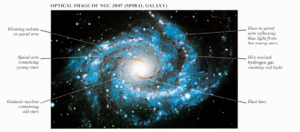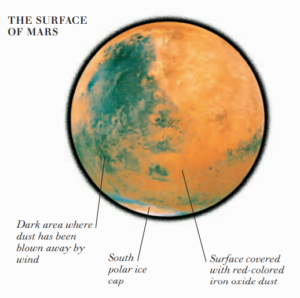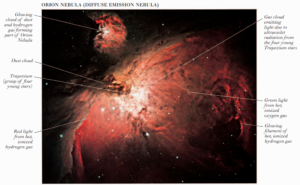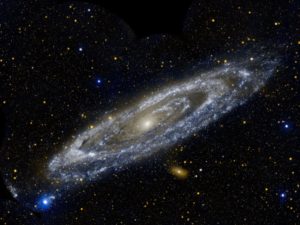STAR
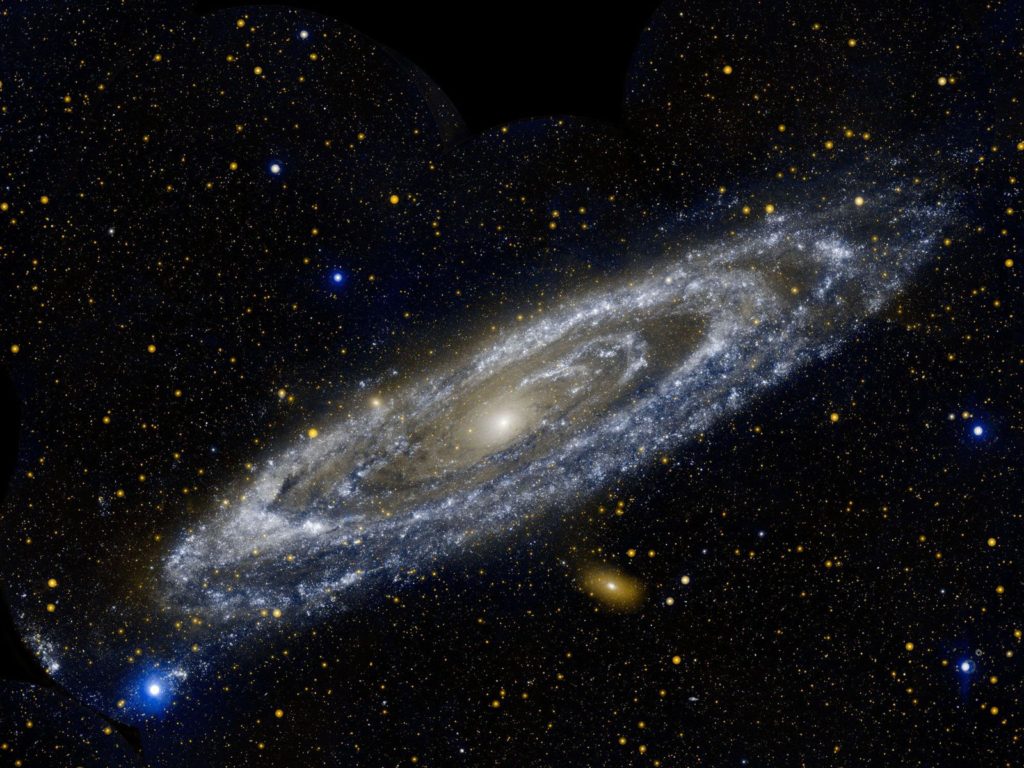
STAR as an astronomical object consisting of a luminous spheroid of plasma held together by its own gravity. The nearest star to Earth is the Sun. Many other stars are visible to the naked eye from Earth during the night, appearing as a multitude of fixed luminous points in the sky due to their immense distance from Earth. Historically, the most prominent stars were grouped into constellations and asterisms, the brightest of which gained proper names.
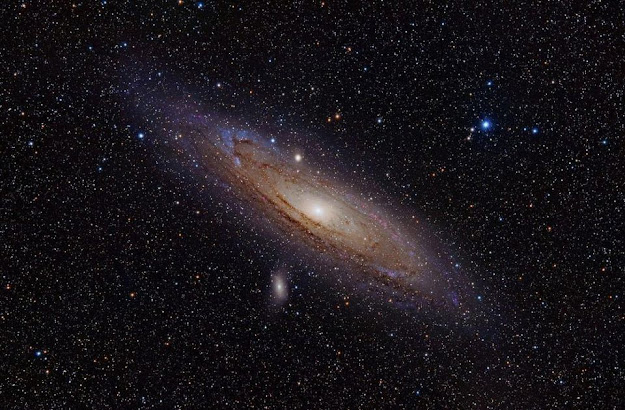
Astronomers have assembled star catalogs that identify the known stars and provide standardized stellar designations. The observable Universe contains an estimated star, but most are invisible to the naked eye from Earth, including all stars outside our galaxy, the Milky Way.
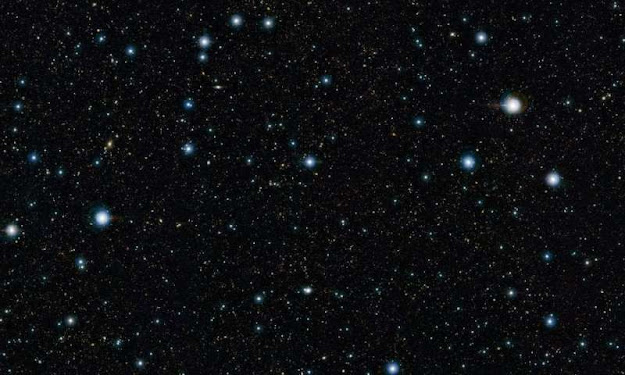
Star which is found everywhere in this world. Star, any massive self-luminous celestial body of gas that shines by radiation derived from its internal energy sources. Of the tens of billions of trillions of stars composing the observable universe, only a very small percentage are visible to the naked eye.
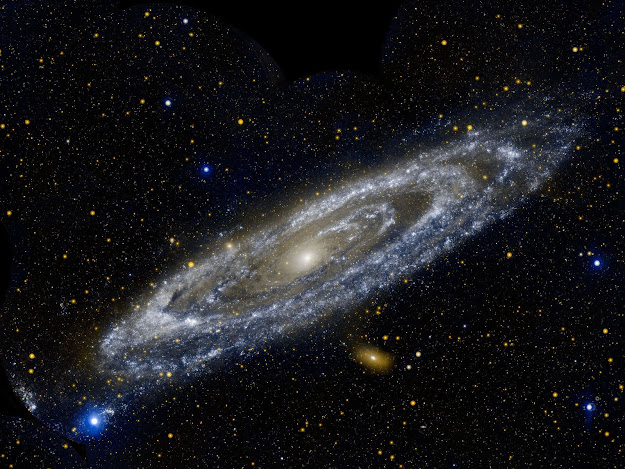
Many stars occur in pairs, multiple systems, or star clusters. The members of such stellar groups are physically related through the common origin and are bound by mutual gravitational attraction. Somewhat related to star clusters are stellar associations, which consist of loose groups of physically similar stars that have insufficient mass as a group to remain together as an organization.

